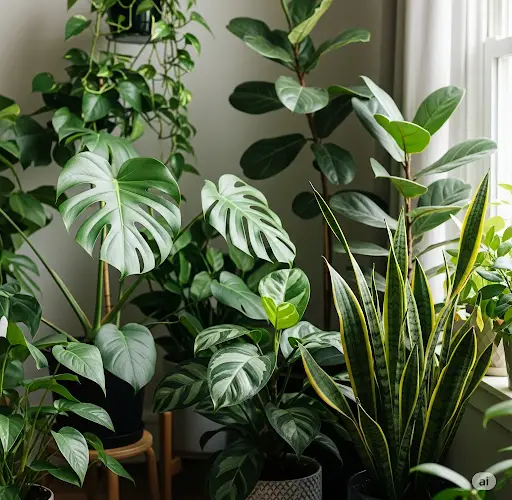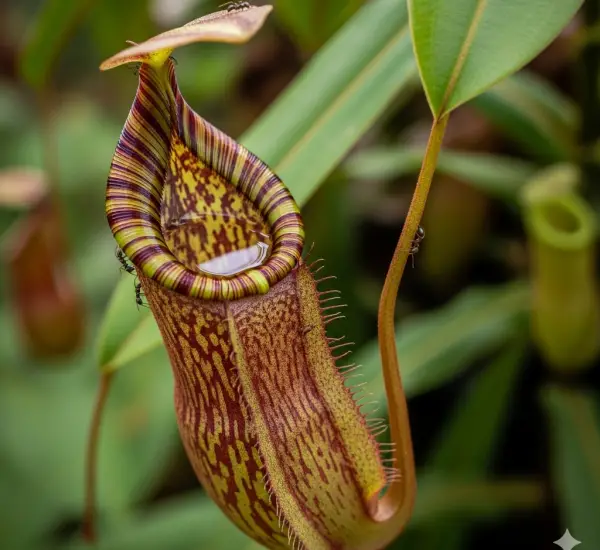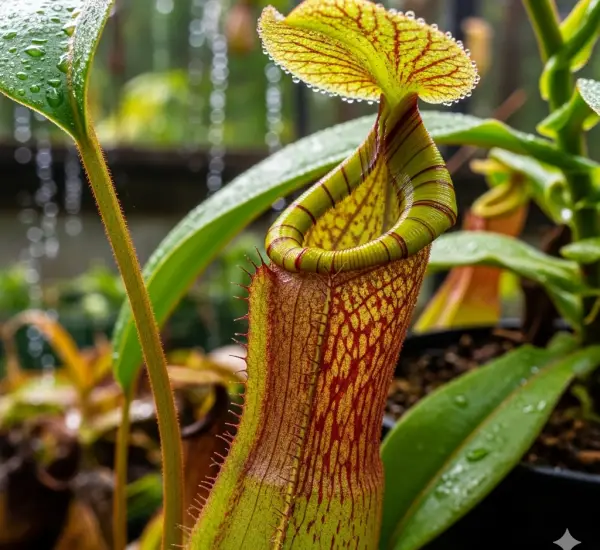Every gardener knows the frustration of watching a once-beautiful flower or plant lose its vitality. Leaves yellow, growth slows, buds fail to open, and the plant simply seems to fade away. Whether it’s a cherished houseplant or a treasured garden flower, seeing it struggle can be disheartening.
Fortunately, there’s a simple and powerful solution that can breathe new life into even the most tired and weak plants. Just one teaspoon of a special natural feeding mixture applied regularly can transform your flowers—turning their leaves deep green and encouraging them to bloom magnificently once more.
This article will explain why plants lose their vigor and how this easy feeding method restores health, vibrancy, and abundant flowering to any flower or plant.
Why Do Flowers Lose Their Green Color and Stop Blooming?
The health and beauty of flowering plants depend on many factors, but nutrition plays a key role. When plants are deprived of essential nutrients, they cannot produce the energy or structures needed to stay green and flower well.
Here are common reasons for yellowing leaves and weak blooms:
-
Nutrient Deficiencies: Plants require a balance of nitrogen, phosphorus, potassium, magnesium, and other trace elements to thrive. A lack of any of these disrupts growth and flower production.
-
Poor Soil Quality: Over time, soil can become depleted or compacted, limiting root growth and nutrient uptake.
-
Watering Issues: Too much or too little water can stress plants, causing leaf discoloration and reduced blooming.
-
Light Deficiency: Insufficient sunlight weakens photosynthesis and bloom development.
-
Pests and Diseases: These sap nutrients from plants, weakening them.
To restore your flower’s vitality, you need to provide the missing nutrients and support root health.
The Magic of One Teaspoon: What Is It?
The “one teaspoon” solution is a natural, homemade nutrient mix that nourishes your plants gently but effectively. It supplies essential minerals and stimulates the soil microbes that help plants absorb nutrients.
Typical ingredients include:
-
Compost tea or diluted organic fertilizer: Provides balanced nutrients and beneficial microorganisms.
-
Epsom salt (magnesium sulfate): Supplies magnesium, essential for chlorophyll and photosynthesis.
-
Banana peel infusion or wood ash: Rich in potassium and phosphorus, vital for strong roots and flowering.
-
Molasses or a sugar source: Feeds soil microbes, improving nutrient availability.
When mixed correctly, just one teaspoon of this blend diluted in water and applied at the base of your plant every 1-2 weeks can revive your flower’s green color and stimulate blooming.
How to Prepare and Apply the One-Teaspoon Feed
-
Prepare the nutrient mix: Combine compost tea or organic fertilizer with small amounts of Epsom salt, banana peel infusion (or wood ash), and molasses or sugar water.
-
Dilute properly: Use one teaspoon of this mix per liter of water to avoid overfeeding.
-
Apply to the soil: Water the plant’s root zone thoroughly with the solution. This helps the roots absorb nutrients more efficiently.
-
Repeat regularly: Apply once every 10 to 14 days during the growing season for best results.
What Happens After You Start Feeding?
After just a few applications, you should notice visible improvements:
-
Leaves turn a richer, healthier green: Indicating restored chlorophyll and better photosynthesis.
-
Stronger stem and root growth: More robust structures to support flowers.
-
More frequent and larger blooms: The plant shifts energy from survival to flowering.
-
Overall plant vigor: Improved resistance to pests and diseases.
This method works for a wide variety of flowers and plants—whether they are flowering perennials, annuals, houseplants, or shrubs.
Additional Tips for a Thriving Flower
To maximize the benefits of the one teaspoon feed, consider these supportive care tips:
-
Ensure proper light: Most flowering plants need bright, indirect light or partial sun.
-
Water wisely: Keep soil moist but not soggy. Avoid letting roots sit in water.
-
Prune dead parts: Removing faded flowers and yellow leaves directs energy to new growth.
-
Use quality soil or potting mix: Well-draining, nutrient-rich media support healthy roots.
-
Maintain good air circulation: This reduces fungal diseases.
Why This Simple Feeding Method Is So Effective
Unlike harsh chemical fertilizers, this natural feeding blend improves soil health and nourishes plants gently. The inclusion of Epsom salt and potassium-rich elements specifically targets chlorophyll production and flowering—the two key aspects of plant beauty.
By supporting the plant’s roots and soil microorganisms, the plant can uptake nutrients better, grow stronger leaves, and produce magnificent blooms again.
Who Should Use This?
This easy-to-make, affordable nutrient feed is perfect for:
-
Gardeners struggling with weak or yellowing flowers
-
Houseplant enthusiasts wanting year-round blooms
-
Anyone interested in natural and sustainable gardening
-
Those looking for a gentle alternative to synthetic fertilizers
Conclusion
If your flowers are looking tired, yellowed, or simply not blooming, don’t despair. One teaspoon of this natural nutrient feed, applied regularly, can revive your plants—turning their leaves lush green and prompting magnificent blooms once again.
Try this method today and watch your garden or indoor plants come alive with vibrant color and flourishing flowers. The transformation might be faster and easier than you think!




